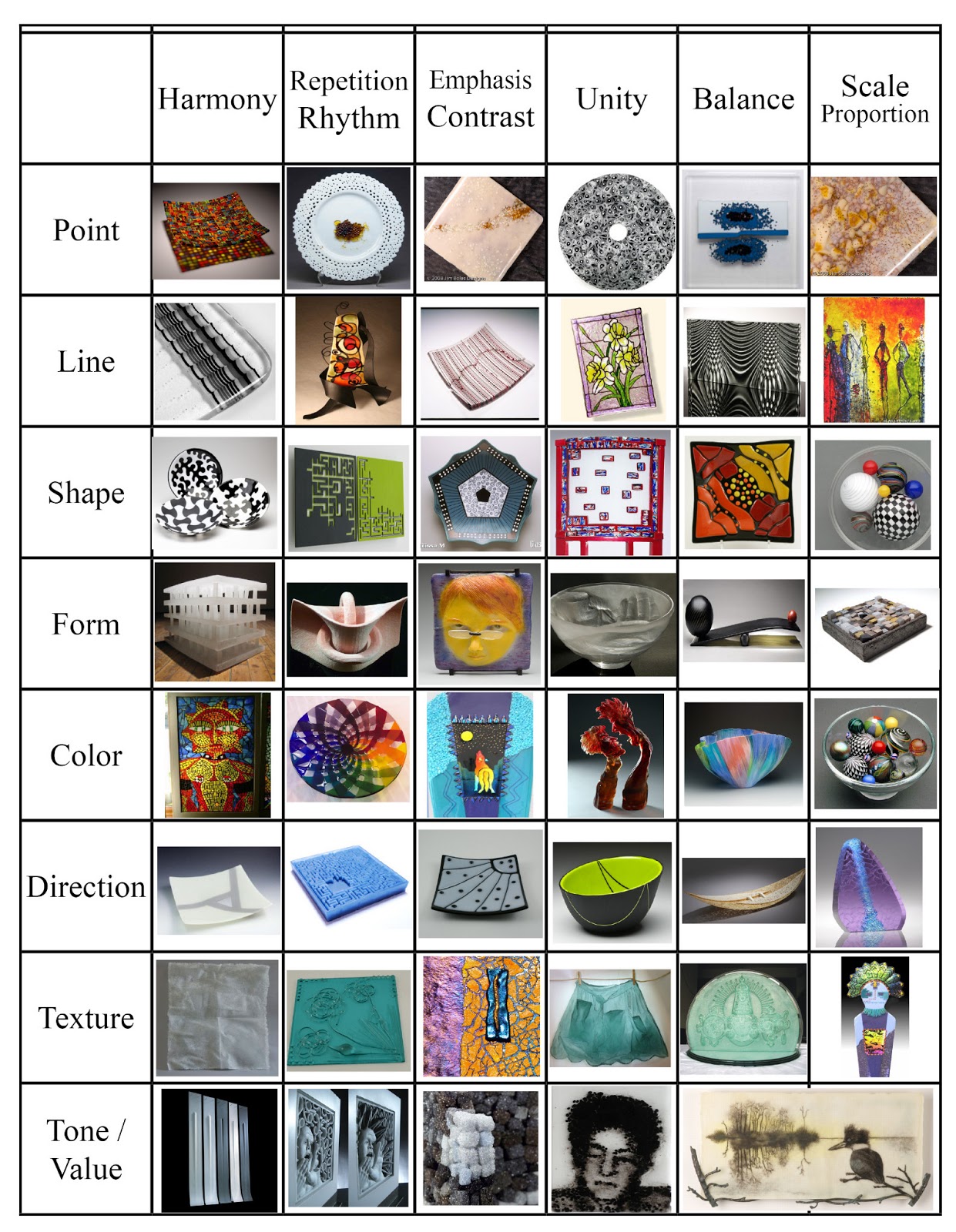

When an artist trains in the elements of art, they learn to overlap the elements to create visual components in their art. The art methods are considered the building blocks for any category of art. For example, on the ancient trade routes, China produced and processed the raw silk into stunning cloth, highly sought out by the Venetians in Italy to make clothing. However, if specific raw materials were only available in one area, the people might trade with others who wanted that resource. Almost every civilization had access to clay and was able to manufacture vessels. However, access to materials is the most significant advantage for change in civilizations. From the stone age, the bronze, iron age, to the technology age, humans have always sought out new and better inventions. People have evolved, discovering new products and procedures for extracting minerals from the earth to produce art products. Over the years, art methods have changed for example, the acrylic paint used today is different from the cave art earth-based paint used 30,000 years ago. Understanding the art methods will help define and determine how the culture created the art and for what use. This comprehensive list is for reference and explained in all the chapters. In addition to the elements and principles of design, art materials include paint, clay, bronze, pastels, chalk, charcoal, ink, lightening, as some examples. The principles of art are scale, proportion, unity, variety, rhythm, mass, shape, space, balance, volume, perspective, and depth. The elements of art are color, form, line, shape, space, and texture. The visual art terms separate into the elements and principles of art. These basic elements are the essential components of the universal language of art.\)

These words describe the unique visual language that is known as the seven elements of design. It is important to become familiar with words such as space, line, shape, value, form, color, and texture. Creativity can enhance perception, conception, cultural awareness, self-expression, and cognition. There is a vague line between fine art and applied art.Fine artist and applied artist create and design works of art by employing the seven elements of design, the eight principles of design, and the three aesthetic theories of design. Applied artists are called artisan, craft persons, or designers. It refers to artistic designs that serve a practical purpose but is also aesthetically pleasing to the eyes. Examples of applied art are architecture, fashion design, photography, and ceramics. Visual art gives only visual pleasure to its patrons. Examples of visual art are painting, drawing, and sculpting. The two types of fine arts are visual and applied art. Also, it visually records projected visions, current and historical moments. It is the unique expressions of ideas, beliefs, and feelings.

It aids in bridging the communication gap between generations and nationalities. Visual Art is a comprehensive universal language.


 0 kommentar(er)
0 kommentar(er)
